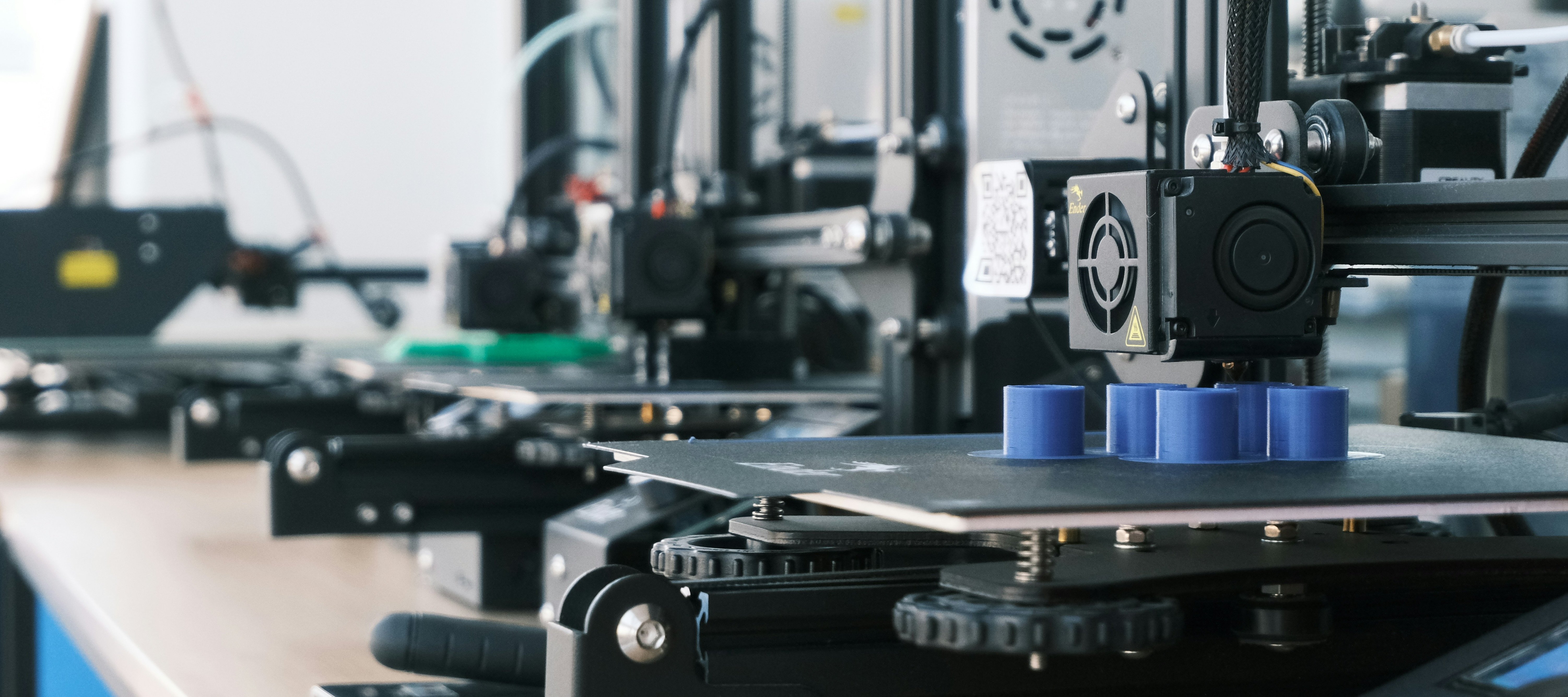What is 3D printing?
3D printing, a type of additive manufacturing, is the process of making a physical object from a three-dimensional digital model. The process converts a 3D digital model into 2D layers, a process often called slicing.
There are many types of 3D printing technology; the most common is FFF (Fused Filament Fabrication.) The 3D printer uses a filament to print the layers, one by one, on a surface.
Depending on the size and complexity of the model, hundreds of layers are added on top of each other. The object is created from the bottom up, and the layers harden into a solid 3D object.
So why are more schools and universities adopting 3D printing? Let’s examine the benefits 3D printing offers education.
“77% of schools who have adopted 3D printing plan to expand
their use of the technology.”
Source: 3D Printing in Education 2016 Report Card, Dimensional Research, 2016
Benefits of 3D Printing
1. It Improves Student Participation
Keeping students engaged can be challenging, especially when the subject is complex. 3D printing brings the lesson to life and helps to hold the students’ interest. Increasing engagement within the classroom improves student participation, and students can absorb and retain the information being taught much better and for longer. Engaged students are also highly motivating for teachers and create a positive learning experience for all.
2. It Promotes Active Learning
As you know, most people learn by doing. 3D printing enables students to be actively involved in the entire learning process, from the initial idea through design to the final 3D-printed object. Interacting with a subject at every stage of the lesson helps students grasp the subject matter and retain information, which is particularly beneficial when teaching complex topics.
For example, when learning about the concepts behind wind turbines, which involve physics and math, the student can create a 3D digital model and print it on a 3D printer to study the construction, test its ability to generate wind energy and adjust accordingly.
3. It Encourages Creative Thinking (Learning Through Discovery)
Discovery learning is considered a key element of the learning process. The principle is that by using problem-solving situations, students draw on their own past experience and existing knowledge to discover new facts, truths, and relationships.
Being able to try new things, test theories, and think creatively can significantly aid the learning process. 3D printers encourage students to be innovative and creative because they can adjust their ideas through trial and error. As a result, students are more likely to remember the facts and lessons learned.
Do you also want to know more about the teacher-focused benefits? There's plenty! Here's a list of 7 benefits of 3D printing in schools, focused on the teacher experience:
📖 Read on → 7 Teacher-Focused Benefits of 3D Printing in Schools
Turning subjects into careers
3D printing can play an important part in a student’s career choice. In particular, STEM subjects can translate into interest in careers that may not even exist yet. Students experience the sense of achievement and fun that a career in science or engineering can offer.
Complex concepts and testing of theories are a natural fit for exploration using 3D printing. Science, technology, engineering, and math subjects, enhanced through 3D printing in their classroom, prepare young students for interesting and relevant careers. However, 3D printing is not just for STEM subjects; educators find 3D printing useful for other subjects as well.

3D printing opens up new opportunities in areas that students may have previously considered as boring or beyond their capability. They are empowered to choose how they want to make a difference in the world.
3D printing in a real classroom
Technical School Prosek, based in the Czech Republic, adopted 3D printing in 2011. In addition to introducing modern technology into the education process, the school found many key benefits of 3D printing in the classroom, especially in strengthening students’ motivation to learn.
“The high quality of educational projects when using 3D printing really surprised me. Personally, this is the most valuable benefit of using 3D printers in school, especially when it comes to graduation projects. Students have a more innovative approach to them, they are more creative and not afraid to explore and experiment as they can test their designs right away. Once a rather feared experience, the final exam process becomes more fun with 3D printers.” - L. Prochazka, Deputy Headmaster, Prosek School.
Improved engagement drives results
3D printing needs careful consideration, but the benefits it offers both teachers and students make the effort worthwhile. 3D printing in schools provides the space for ideas to develop and makes education more fun. When students are more engaged, their motivation for learning increases, the quality of teaching improves, and results are boosted.
Final Points
This article marks the beginning of a 12-part series aimed at guiding educators and IT administrators through the realm of 3D printing. It will explore how this technology can revolutionize the learning experience and vital considerations within the 3D printing ecosystem.
Unpacking the intricacies of the 3D printing process, understanding its seamless integration into the classroom setting, and effectively managing costs, access, and utilization are all pivotal components of a successful 3D Printing Program.
In Part 2, we cover whether schools like yours need 3D printers and key considerations for integrating 3D printing into your curriculum. See you there!



